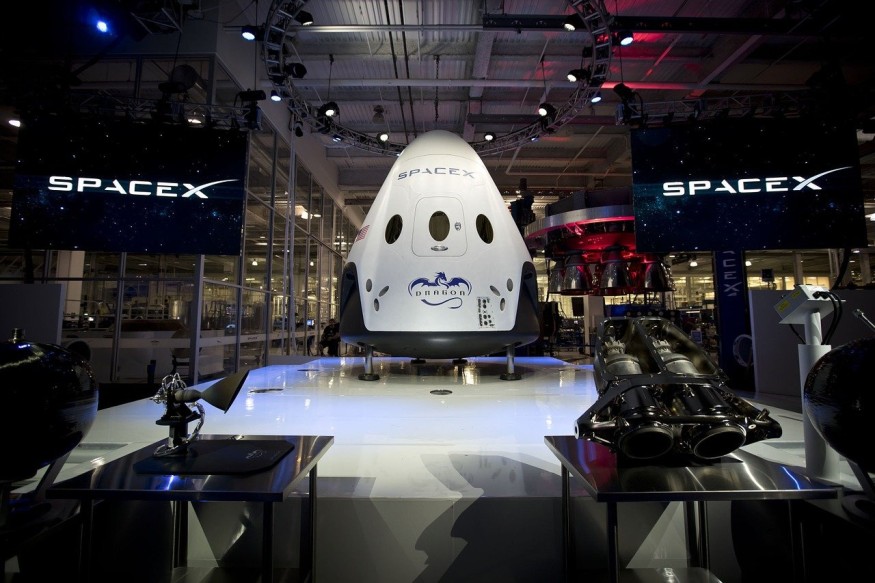NASA has tapped Hawthorne-based SpaceX to begin a science exploration mission worth almost $99 million to explore the origins of the universe.
The project, known as the Spectro-Photometer for Universe Background, Epoch of Reionization, and Ice Explorer (SPHEREx), is scheduled to be launched in June 2023.

In a statement released by NASA, SPHEREx's purpose is to "survey the sky in the near-infrared light," which could help address questions about the birth of the universe and galaxy formation.
In places where stars are made from hydrogen and dust, SPHEREx would also search for water and organic molecules, "as well as disks around stars where new planets could be forming," NASA notes. The project will allow astronomers to gather data from more than 300 million galaxies and more than 100 million Milky Way stars.
The Pasadena-based Jet Propulsion Laboratory will operate a project to be launched aboard a SpaceX Falcon 9 rocket from Vandenberg Air Force Base in Central California.
According to NASA, the two-year project would survey the skies in "near-infrared light," which, while not apparent to the human eye, acts as a powerful instrument for addressing cosmic questions about the birth of the cosmos and the resulting formation of galaxies.
CNet says SPHEREx will also check-in' stellar nurseries' for possibly life-supporting water and organic molecules and obtain knowledge on more than 300 million galaxies and over 100 million stars in our universe.
Will SPHEREx Also Explore Origins of Big Bang?
According to ExtremeTech, SPHEREx may allow humanity to unravel some of the mysteries about the Big Bang by investigating the earliest moments of the cosmos.
SPHEREx entered Step C last month, which indicates that the preliminary concept was accepted by the department. So, we know what (approximately) the telescope would appear like and what it would be capable of doing. Next up, the specification must be completed by NASA and the staff and resources required to assemble this 1.2-ton telescope must begin lining up.
NASA also hopes that SPHEREx can be used to research how galaxies shape. The sensor would be sensitive enough for all the universes in the cosmos to study the glow. The glow differs throughout the sky since there are clumps of galaxies scattered (which might tell us about inflation). Scientists would be able to make determinations about the creation of galaxies by evaluating when and how light was produced.
The last aim of the project is to seek signs of water ice and frozen organic molecules in our galaxies around young stars. SPHEREx's infrared cameras would be perfect for peering into the dust clouds covering such stars. Eventually, ice and organics driving through the clouds could seed worlds to make them habitable, and it could go a long way to enhancing our knowledge of the creation of planets and the future spread of life.
About NASA-SpaceX Partnership
The SpaceX launch operation will be operated by the NASAs Launch Services Program at the Kennedy Space Center corporation in Florida, Mirage News reported.
The mission, sponsored by the NASAs Research Exploration Directorate Astrophysics Division at the Washington Organization Headquarters, is directed by the Explorers Program at the NASAs Goddard Space Flight Center in Greenbelt, Maryland.
NASAs Southern California Jet Propulsion Laboratory is responsible for the general project management, device architecture, integration, and testing and mission activities of the missions.
Check out more news and information on SpaceX on Science Times.











